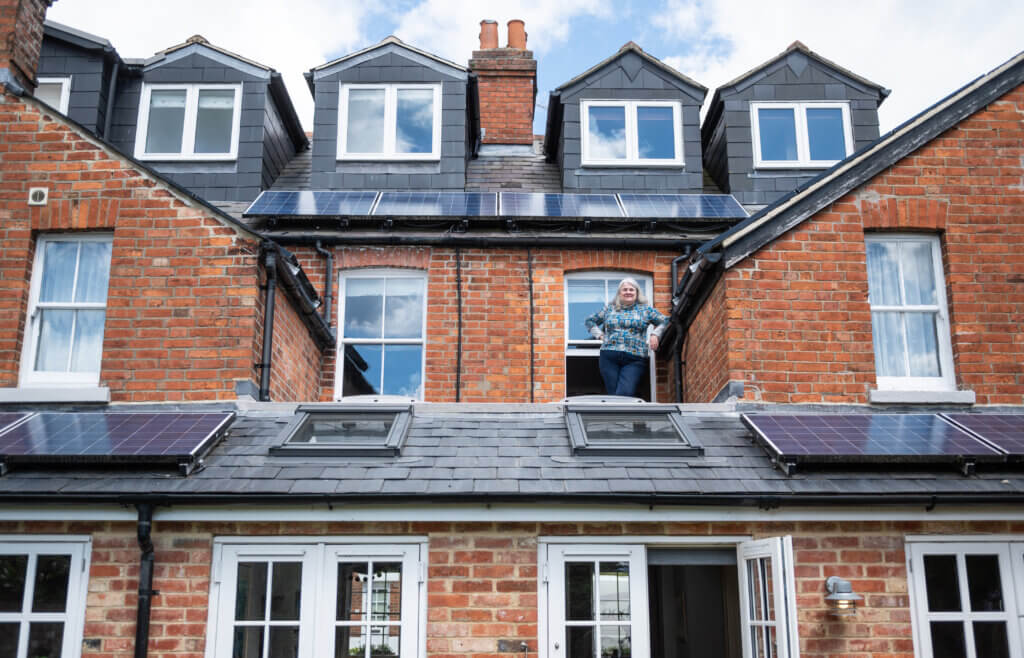
How to choose a good solar installer
Tips for finding trustworthy advice in a crowded market
As more households turn to solar to cut energy bills and carbon emissions, demand for installations is rising across the UK. With technology improving and costs falling, choosing a good installer can feel like trying to get decent double glazing in the 90s.
The marketplace is suddenly awash with offers – unsolicited marketing appears in inboxes – and friendly callers from noisy call centres promise they’ve got just the deal for you.
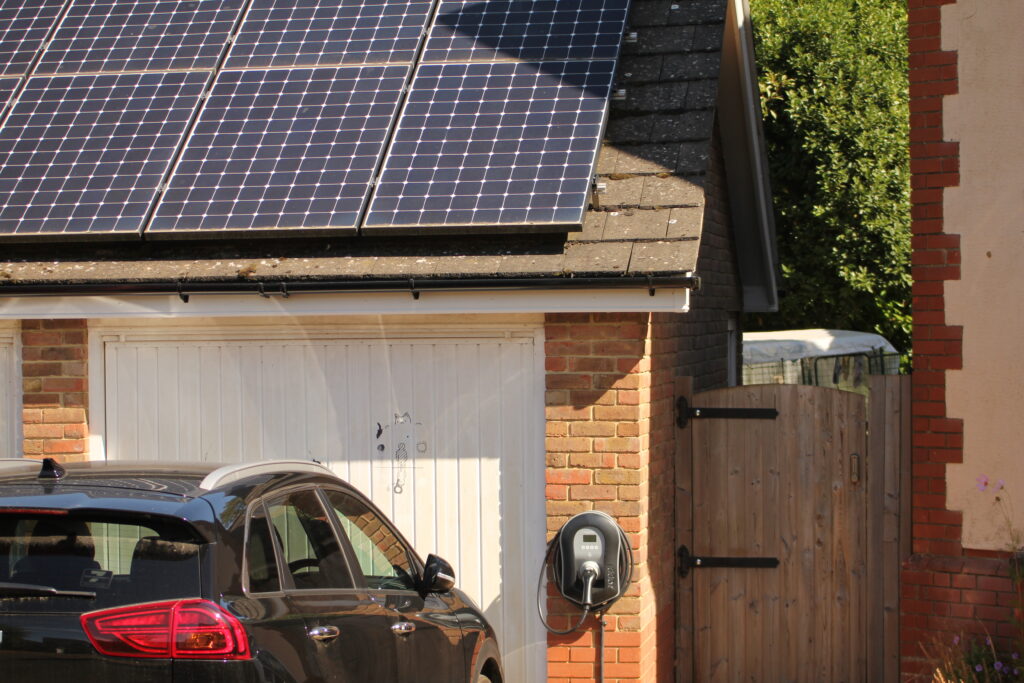
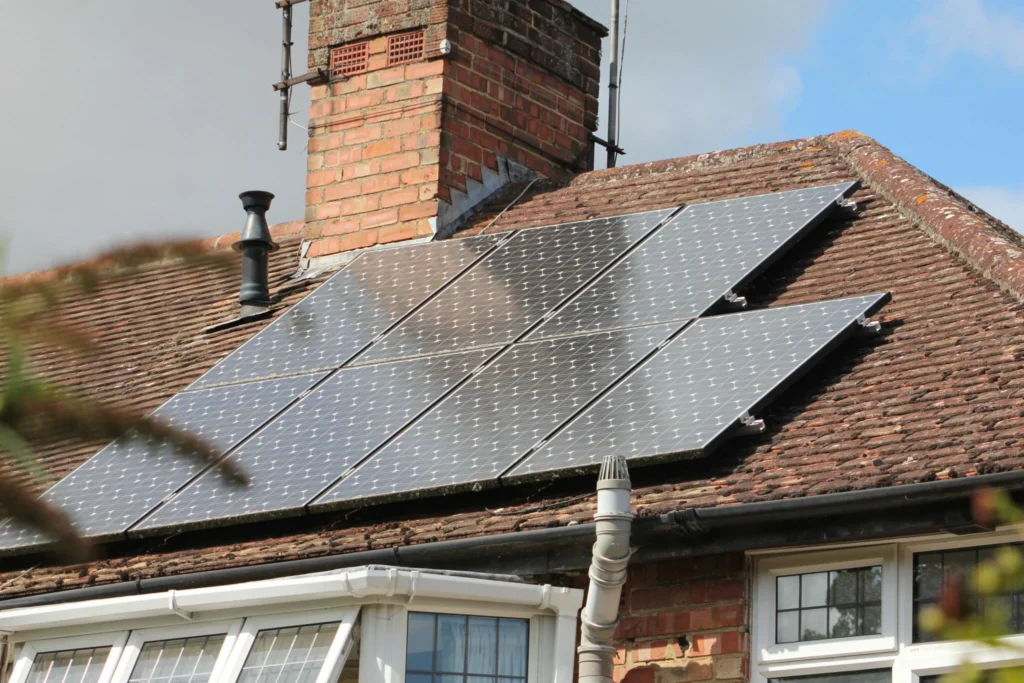
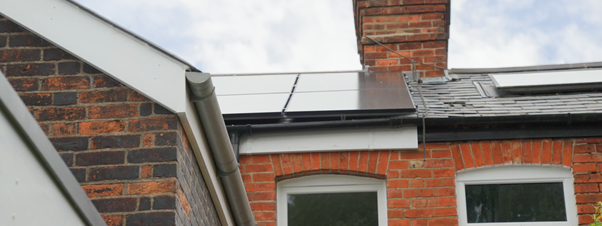
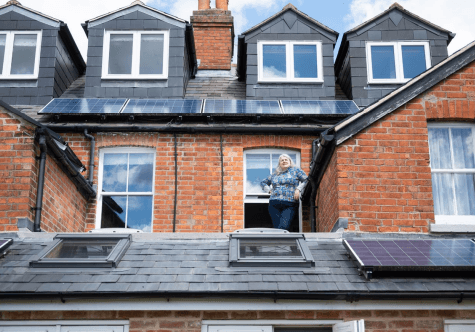
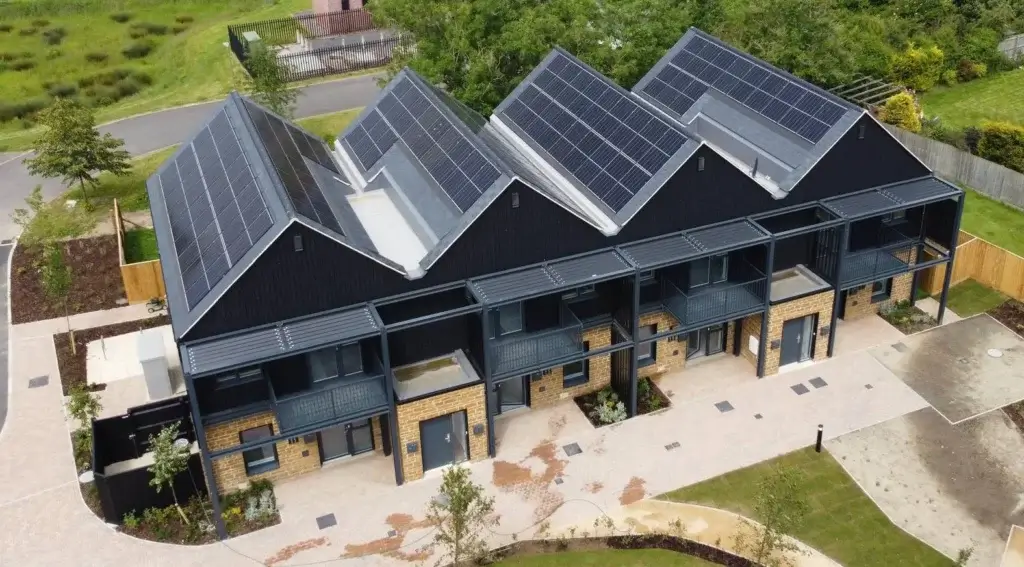
There’s a lot to think about before choosing a solar installer. Do you get an independent survey first, or go straight to an installer? Is a battery worth adding, and should it be fitted at the same time? What’s an optimiser, and do you really need one? Are all brands created equal? How much maintenance will be needed over time? And if you’re ready to go ahead, do you choose a large national company doing thousands of installations, or support the local economy by hiring a smaller, local firm?
With so many decisions to make, it’s no wonder the process can feel overwhelming.
Option 1: employ Oxfordshire-based experts to manage the whole process
If you’d like some expert advice, you can talk to Cosy Homes Oxfordshire. They specialise in home retrofit – the process of upgrading existing homes to make them more energy efficient, comfortable, and low carbon. That can include insulation, heating, and renewable technologies such as solar panels. Their team can advise on what’s likely to work best for your home, recommend trusted local installers, and stay involved throughout to answer questions and help if any issues arise.
You can start with a free chat to explore your options, and if you decide to go ahead, they’ll manage the process for you from start to finish.
If you’d rather take a more independent route, here are some tips for navigating the solar marketplace.
Option 2: do your own research – or phone a friend

If you know someone who has already had solar PV installed, talk to them. This will be especially useful if they live in the same area and have a house anything like yours – a neighbour on the same side of the street who installed solar within the last couple of years is a great starting point. You can ask them about their experience of choosing the right system, about who they used, if they learned anything, and what it is like living with the technology in place.
Members of Low Carbon Oxford North, a community group based in Oxford city, have collated an impressively detail series of guides tackling different aspects of home retrofit. The seven ‘Housewarming’ guides are available to download for free from their website. You can also find hard copies in all Oxfordshire libraries.
The seventh guide, ‘H7: Electricity, Appliances & Home Renewables’ covers solar PV and solar thermal, explaining jargon and tech (like optimisers), possible combinations to consider (e.g. solar plus battery and EV charging), examples of possible costs and payback, planning permission etc. The other guides are also worth looking at if you have time, especially the first, ‘H1: Taking Stock’, a good starting point when considering any measures in your home.
Choosing an installer
A good installer will be able to advise on best fit and type of system for your needs and home. With solar installer numbers growing (as they need to, in an energy system revolution), it’s important to make sure you’re working with someone you can trust.
Here is a list of things you can do to choose a good installer:
Do some research and collate a list of some installers.
- If you can ask some neighbours who they used, personal recommendations are a good start.
- Which! has a director of Trusted Traders – you can enter ‘solar panels’ and select your location.
- Check GaryDoesSolar’s registry (not many local installers yet).
- If you’re struggling, you can find recommendations on reddit, but beware of fake accounts from installers.
Once you have a list, check their credentials.
- Are they in the MCS installers’ directory?
- Look them up on Trustpilot, check their Google and Which? reviews – again, be mindful of fake reviews, which can sometimes appear as a whole group of really positive reviews in a short timeframe…
- What’s their experience? Have they been in business for several years? For this information, look up their records with Companies House.
- Testimonials – have they worked with anyone near you you can visit or speak to?
Speak to them.
- If you get any bad feelings talking to them (for example, they’re pushy or not listening to what you want – or saying you’ll get a discount if you sign up today – basically, any of the double-glazing salesman tricks of old), take them off your list.
- Ask questions e.g.
- Do they have insurance? Ask for the details.
- What kit do they use, and does each part come with the appropriate warranties?
Solar panels should come with a 20- to 25-year warranty on performance. It is standard for inverters to have warranties for 10 years. Meters usually have warranties for a minimum of 1 year and the installer’s workmanship should have a guarantee for 2 years. An MCS installer will use MCS certified panels and inverters.
Other questions may be less crucial to your decision-making process but may still be worth checking e.g., do they subcontract to smaller local installers? Do they provide bird-netting? It’s useful, as pigeons love nesting under panels, it can cause a mess, and it’s harder to add it as an later.
Get multiple quotes.
Get at least three, with a detailed breakdown for all parts. They should use clear pricing, include things like scaffolding and any clearing up, and have a clear payment schedule. Agree in writing that the final instalment (e.g. 10%) will only be made after 48 hours of continuous operation, visible via an app like SolarEdge.
The installer should provide a quote which includes an estimate of the annual generation and the assumptions behind that. This should include some indication of how much will be used in the house and how much will be exported.
It’s worth remembering that the cheapest quote is not necessarily best to go for.
Going ahead
Pay with your credit card.
Once you’ve chosen your installer, pay each instalment (including the deposit) with a credit card with a credit card. This provides Section 75 protection in case the installer disappears or there’s a problem.
Section 75 is your secret financial superhero – buy something costing more than £100 and less than £30,000 on your credit card, and your card company has a LEGAL responsibility to come to the rescue if there’s a problem. So if something you’ve paid for has turned up broken or faulty, or perhaps didn’t arrive at all, you may be able to get your money back through a Section 75 claim.
Money Saving Expert
Be on hand to check things on the day.
Check all the parts, including the panels before they go on, and make sure you’ve agreed the exact placement of all parts before the installation day.
Solar has a huge role to play in our energy future: an example from Oxfordshire

Our Community Action Plan for Zero-Carbon Energy (CAPZero), the first in the UK, shows how a cluster of communities in West Oxfordshire can co-create a zero-carbon energy system in their area by taking action now.
For it to work, analysis shows that around 50% of existing homes in the area (and 100% of new builds) need to have solar panels on their roofs. This, in combination with making energy saving improvements in the home like insulation, better glazing, and installing low carbon technology like heat pumps, will bring homes up to the standard needed for this ambitious and much-needed plan to work.
Got solar on your roof? We’d love to hear from you.
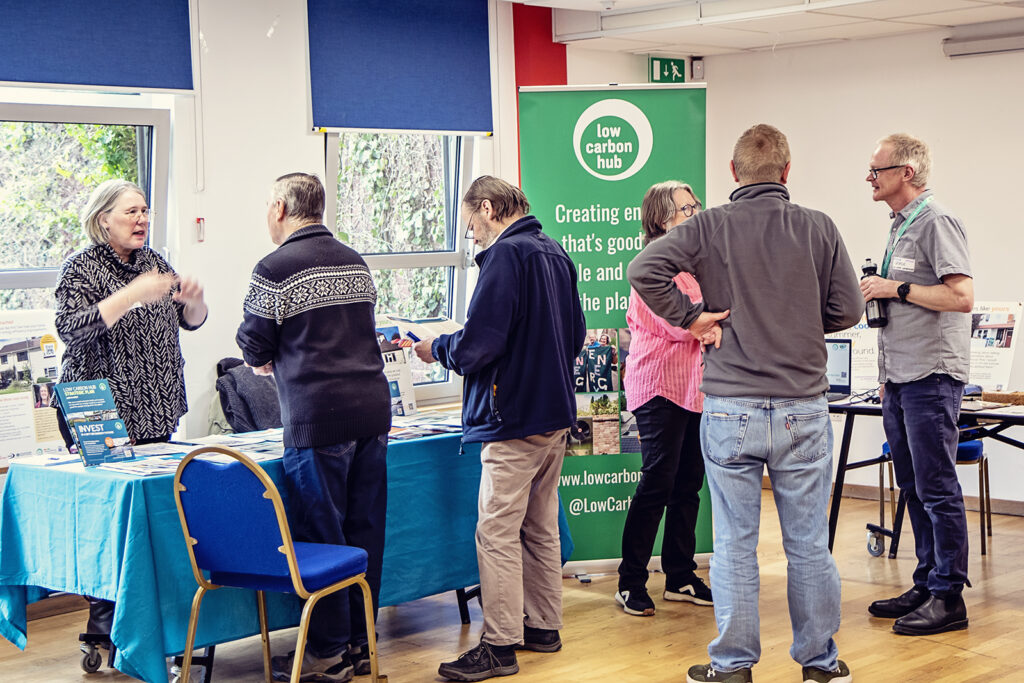
Chatting with neighbours who have installed solar can be really helpful for those considering it. If you’d like to join the growing number of Oxfordshire residents sharing their experience of installing and living with solar PV (and other measures), whether that be through a case study, an open homes event or another way, please get in touch.
